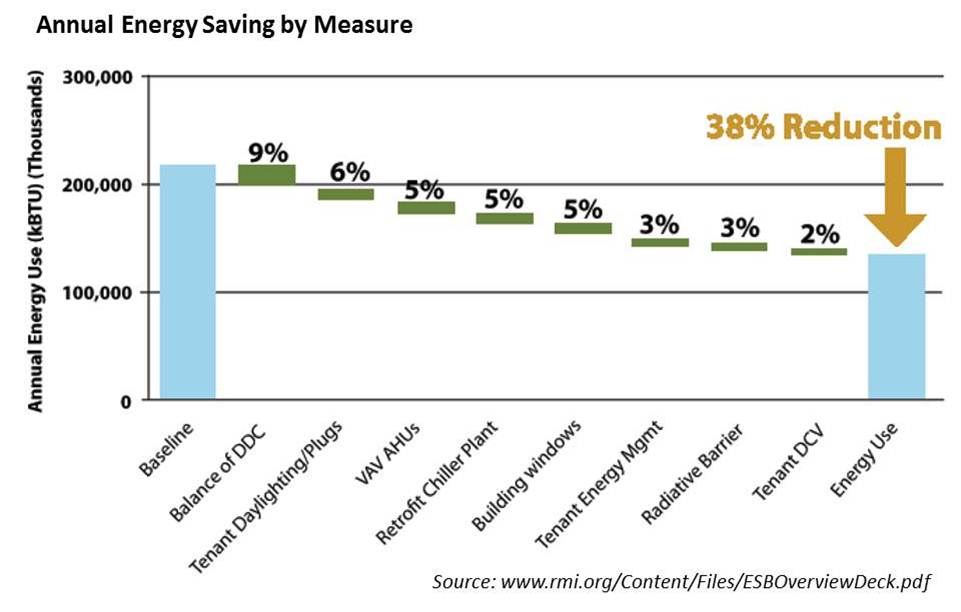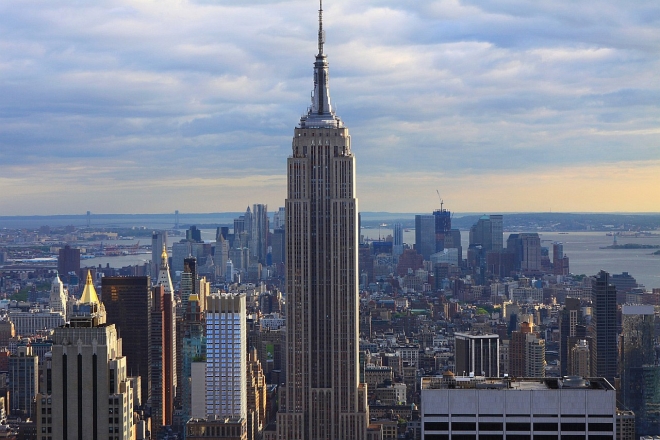According to analyst ranging from Mckinsey Institute to the International Energy Agency, retrofitting is the most cost-efficient way to combat climate change and save on increasing power bills.
When it comes to energy consumption and carbon emissions, older buildings are often the worst, with outdating heating, cooling and lighting systems as well as air leaks. Many older buildings have begun taking part in achieving the goal of a green future through retrofitting.
One of the biggest retrofits to date is New York's well-known Empire State Building. This 102-storey historic building now has a new story to tell " Energy efficiency. Motivated by a desire to find the truth about the cost-effectiveness of energy efficient retrofits, the project, developed in 2010, achieved a reduction in energy use of 38 per cent. Measurement and verification are ongoing to further monitor the return on investment.
This project was delivered by teams consisting of The Clinton Initiative, Jones Lang LaSalle, Rocky Mountain Institute, Johnson Controls Inc. and the Empire State Building Operation. A series of activities was carried out to balance the financial and environmental returns. These included window retrofits, upgraded heating, ventilation and air-conditioning, improved air quality, lighting and tenant education.
Retrofitting more than 6000 double hung windows in the building has contributed to a 5 per cent reduction in energy usage. Rocky Mountain Institute indicated a cut in winter heat loss by two-thirds and summer heat gain was reduced by half. Maximising the use of natural light for tenants will save 6 per cent. Other strategies that contributed to the overall 38 per cent reduction included installation of digital demand controls, air handling unit, retrofitting the chiller plant and tenant energy management.

While energy efficiency is the most valuable benefit from this retrofit, it has also improved thermal comfort for the tenants. As an iconic building, the work has created a buzz and inspiration for other multi-storey buildings around the world. Similar schemes have been implemented by City of Melbourne. The 1200 Buildings Program was created to address the 48 per cent of the greenhouse gas emissions across the city that is produced by commercial buildings. The program aimed to retrofit 1200 existing commercial buildings in Melbourne city. The project is expected to decrease greenhouse gas emissions by 383,000 tonnes over the next decade and improve energy performance by 38 per cent. For fans of a greener energy future, it's great to see large organizations taking responsibility to improve energy efficiency. It is now our turn to act, pick up your phone and talk to our team today to find out how Magnetite will help to save energy use in your home or your building.


